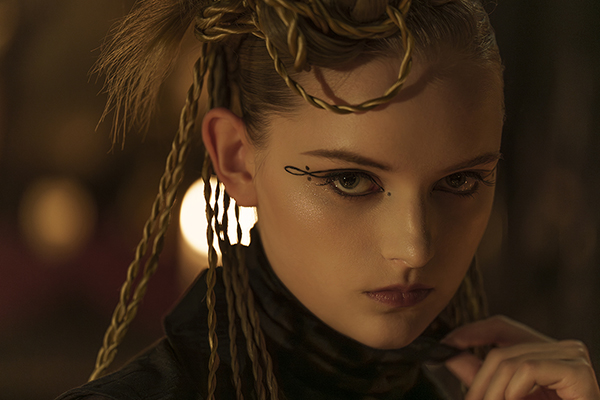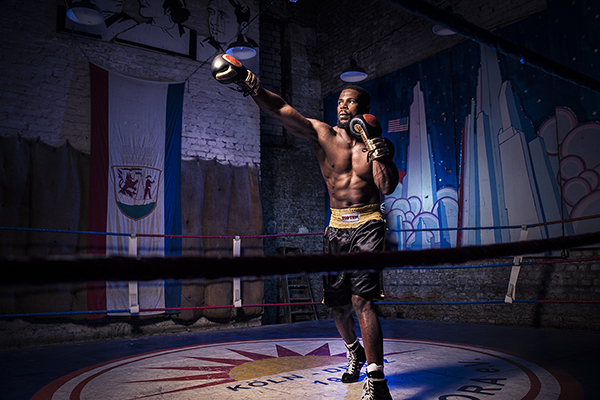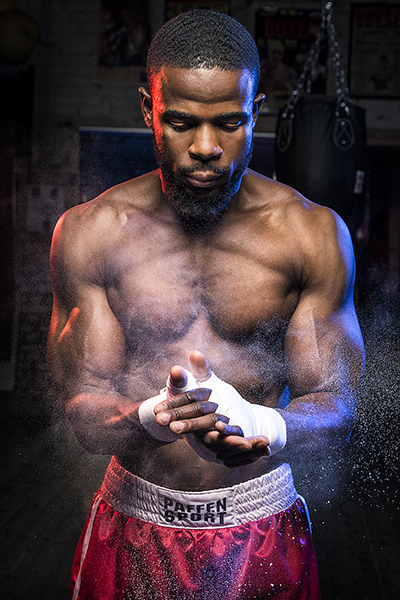Tamron Blogs
More Photo Tips | Video Gallery | Photo Gallery | Enewsletter sign-up
Advanced Guide to Low-Light Photography
Exploring low-light photography extends far beyond capturing images in darker conditions, it's about understanding and manipulating light, even in well-lit indoor environments. Proper technique and knowledge are essential to avoid compromised image quality in these lighting conditions.
Enhancing Your Skills in Low-Light Photography
Low-light photography is a necessary skill for every photographer, demanding a careful balance of various elements. Here's a comprehensive guide on optimizing your approach to low-light photography to enhance image quality:
1. Maximizing Light Intake: In low-light scenarios, it’s important to capture as much light as possible. A lens with a higher aperture (lower f-number), like the Tamron 17-50mm with its F/4 wide-open aperture, is ideal for allowing more light in and capturing clearer details.

© Kazuyuki Omori
Click image to view larger
2. Stabilization: Utilizing a tripod grants control over camera settings, facilitating high-quality images even at slower shutter speeds. For more flexibility, consider Tamron’s 24-70mm lens, equipped with a vibration compensation system, enabling sharp photography in varying light conditions. Be sure to turn off the VC on the lens if using it on a tripod.

© Oliver Güth
Click image to view larger
3. Strategic Lighting: When dealing with dim environments, adding light sources can be beneficial for your image. However, it's crucial to position these sources carefully to minimize unwanted shadows.

© Oliver Güth
Click image to view larger
Mastering low-light photography involves understanding the interaction of light and equipment. Explore Tamron America's diverse lens selection to find the perfect tool for your low-light photography endeavors today!
More Photo Tips | Watch Videos | Learn More About Tamron Lenses | Photo Gallery